半轴机械加工工艺及工装设计全套课程毕业设计
半轴的机械加工工艺及钻6-Φ14孔夹具设计
半轴的机械加工工艺及车削外圆顶尖夹具设计
半轴的机械加工工艺及钻6-Φ14孔、车削外圆顶尖夹具设计【优秀带两件套夹具设计含11张CAD图纸】
【带任务书+开题报告+工艺过程工序卡片+外文翻译】【38页@正文14800字】【详情如下】【需要咨询购买全套设计请加QQ1459919609】
任务书.doc
加工半轴右边圆盘上面6-Φ14孔夹具装配图A1.dwg
半轴机械加工工艺及工装设计.doc
压板A3.dwg
夹具体A3.dwg
定位插销A4.dwg
开题报告.doc
机械加工工序卡片1-40.doc
机械加工工序卡片2-50.doc
机械加工工序卡片3-60.doc
机械加工工序卡片4-70.doc
机械加工工艺卡片1.doc
机械加工工艺卡片2.doc
毛皮图A2.dwg
目录.doc
组合两规A2.dwg
组合两规A3.dwg
车削外圆顶尖夹具装配图A2.dwg
辅助量规A4.dwg
零件图A1.dwg
顶尖.dwg
任务书
论文题目半轴机械加工工艺及工装设计
毕业设计(论文)目的、要求:
1、培养综合运用所学理论知识,独立分析和解决工程技术问题的能力。培养学生创新能力。
2、培养收集、查阅、分析各种文献资料的能力。进一步提高计算、绘图等技能。
3、学会使用工具书籍,通过夹具设计,提高结构设计能力。
4、初步掌握机械制造工艺规程设计和夹具设计的基本要求和设计方法;掌握设计计算说明书的编写。
毕业设计(论文)主要内容:
1、绘制零件图1张;设计夹具2付,绘制夹具图;设计专用组合量具1付。(一部分图纸必须用计算机绘制)。
2、设计机械加工工艺规程(生产纲领按成批生产)。
3、填写工艺过程卡1份。设计4~5道工序的详细工序卡。
4、图纸总量折合A0号2~3张;
5、文献综述(3000字以上);
6、设计计算说明书(1.5万字以上)和中英文说明书摘要。
7、英译汉(3000字以上)。
半轴机械加工工艺及工装设计
摘要:半轴是汽车的轴类中承受扭矩最大的零件,它是差速器和驱动轮之间传递扭矩的实心轴,其内端一般通过花键与半轴齿轮连接,外端与轮毂连接,该零件在机械设备中具有传动性,在进行半轴的工艺和工装设计时,首先对半轴的工艺性进行了详细的分析,设计出了加工的工艺过程,根据加工要求设计专用夹具设计,一付是用来车削半轴的外圆,一付是用来钻削半轴圆盘上均匀分布的小孔,在设计中注意的夹具的经济性和使用性,尽量降低加工时的成本,减少工人的劳动强度,除此还进行了组合量具的设计,用来检查6个均匀分布的小孔的位置度公差。
关键词:工艺工装设计 夹具设计 组合量具设计
Abstract:The half stalk is in automotive stalk the acceptance twist the biggest spare parts of sqire , it is bad soon machine and drive the round of delivers to twist the of solid stalk, it inside carry generally pass to spend the key and half stalk wheel gears to connect, carry outside with a conjunction, that spare parts is in the machine equipments have to spread to move sex, at carry on the half stalk of craft and work equip to account, the half axial craft carried on the detailed analysis first, designing processed craft process, according to process to request to design the appropriation tongs design, a pay is to use to come to car to pare the outside circle of the half stalk, on pay is use to drill to pare a dish of the half stalk up even distribute of eyelet, in the design the economy of the advertent tongs and usage, as far as possible lower to process of cost, reduce the worker of labor strength, in addition to this still carried on the design that the combination quantity have, use to check 6 even distribute of a business trip of position of the eyelet.
Key Words:The craft work packs the design The tongs design Combine the quantity has the design
目 录
摘要……………………………………………………………………………………1
英文摘要………………………………………………………………………………1
文献综述………………………………………………………………………………2
1 引言………………………………………………………………………………6
2 零件分析…………………………………………………………………………6
2.1零件的生产纲领及生产类型………………………………………………6
2.2零件的作用…………………………………………………………………6
2.3零件的工艺分析……………………………………………………………6
3 工艺规程制造的形式……………………………………………………………7
3.1确定毛坯制造形式…………………………………………………………7
3.2定位基准的选择……………………………………………………………7
3.2.1粗基准的选择………………………………………………………7
3.2.2精基准的选择………………………………………………………7
3.3零件表面加工方法的选择…………………………………………………7
3.4制订工艺路线………………………………………………………………8
3.5机械加工余量及毛坯尺寸的确定………………………………………9
4 选择加工设备……………………………………………………………………12
4.1 选择机床…………………………………………………………………12
4.2选择夹具…………………………………………………………………12
4.3选择刀具…………………………………………………………………12
4.4选用量具…………………………………………………………………12
5 确定切削用量和基本时间………………………………………………………13
5.1 工序00铣削用量及基本时间的确定…………………………………13
5.2 工序10切削用量及基本时间的确定……………………………………14
5.3 工序30切削用量及基本时间的确定……………………………………19
5.4 工序40铣削用量及基本时间的确定……………………………………21
5.5 工序50削用量及基本时间的确定………………………………………22
5.6 工序60钻削与垂直轴线的的孔………………………………………24
5.7 工序70攻螺纹M6…………………………………………………………26
5.8 工序110磨削外圆表面及左端面………………………………………26
6夹具设计…………………………………………………………………………27
6.1 车削顶尖夹具的设计……………………………………………………27
6.2 绘制夹具总体图…………………………………………………………29
6.3 钻孔专用夹具的设计……………………………………………………29
6.4 绘制夹具总体图…………………………………………………………31
7位置量规设计 ……………………………………………………………………31
小结…………………………………………………………………………………33
参考文献……………………………………………………………………………34
致谢…………………………………………………………………………………35
文献综述
夹具设计综述
一 前言
在机械制造中,为完成需要的加工工序、装配工序及检验工序等,使用着大量的夹具。利用夹具,可以提高劳动生产率,提高加工精度,减少废品;可以扩大机床的工艺范围,改善操作的劳动条件。因此,夹具是机械制造中的一项重要的工艺装备。按夹具的应用范围分类有:通用夹具、专用夹具、成组夹具、组合夹具;按夹具上的动力源分类有:手动夹具、气动夹具、液压夹具、电动夹具、磁力夹具、真空夹具、切削力及离心力夹具 。
(一)夹具设计的基础理论
一个好的机床夹具,首先要保证能加工出合格的产品。为此,所设计的夹具首先应满足以下两项要求:
(1)在未受外力作用时,加工件对刀具和机床应保持正确的位置,即加工件应有正确的定位。(2)在加工过程中,作用于加工件上的各种外力,不应当破坏加工件原有的正确定位即对加工件应有正确的夹紧。
(二)定位原理
在机械加工中,我们要求加工出来的表面.对加工件的其它表面保持规定的位置尺寸。因为加工表面是由切削刀具和机床的综合运动所造成,所以在加工时,必须使加工件上的规定表面(线、点)对刀具和机床保持正确的位置才能加工出合格的产品。
⑴ 定位原理
把加工件上的规定表面(线、点)与夹具上的规定表面(线、点)相互靠住的这一措施,叫做夹工件在夹具中的定位。该加工件上的这种规定表面(线、点)称为定位基准。
参考文献
[1] 王启平.机床夹具设计[M].哈尔滨:哈尔滨工业大学出版社,1996.1~134,207~249.
报,2000(12):105~108.
[2].艾兴.肖诗纲.切削用量简明手册[M],机械工业出版社,2000年3月。
[3] Subramanian V,Kumar Senthil A.Seow K C .A multi agent approach to fixture design.Journal of Intelligent Manufacturing,2001,12(1):31~42.
[4] 机械制造工艺设计手册简明手册[M]。哈尔滨:哈尔滨工业大学出版社。
[5] 东北重型机械学院.洛阳工学院等 机床夹具设计手册[M].上海科学技术出版社,
[6] 吴宗泽.罗国华.机械设计课程设计手册[M],1992.3~1999.6.
[7] 闫志中,刘先梅.计算机辅助夹具设计方法及发展趋势[J].内蒙古林学院学报,
1996,18(3):69~74.
[8] 王凤岐,许红静,郭伟.计算机辅助夹具设计综述[J].航空制造技术,2003(11):38~40.
[9] 朱耀祥,融亦呜.夹具设计自动化的现状及发展趋势[J].机械科技,1993(10):14~17.
[10] 张福润,徐鸿本,刘延林.机械制造技术基础[M].武昌:华中科技大学出版社,2000.288~320.
[11] 赵家齐.机械制造工艺学课程设计指导书[M].北京:机械工业出版社,1997.60~61.
[12] 顾崇衔等.机械制造工艺学[M].西安:陕西科学技术出版社,1990.4~58.
[13] 徐志刚.基于广义映射原理的组合夹具结构设计自动化[J].机械工程学
[14] 王小华.机床夹具图册[M].北京:机械工业出版社,1992.36~37,40~41.
[15] 丁殿忠,姜鸿维.金属工艺学课程设计[M].北京:机械工业出版社,1997.6~14.
[16] 王启义机械制造装备设计[M] 冶金工业出版社
[17] 王凤岐.许红静.航天制制造技术[J].天津大学出版社, 2003(11).-38-40
[18] 李青. 机械工程与自动化[J]. 004(6).-99-101,103
[18] Liao Jianmin. Fixturing analysis for stability consideration in an automated fixture design system.Journal of Manufacturing Science and Engineering,2002,124(2):98~104.
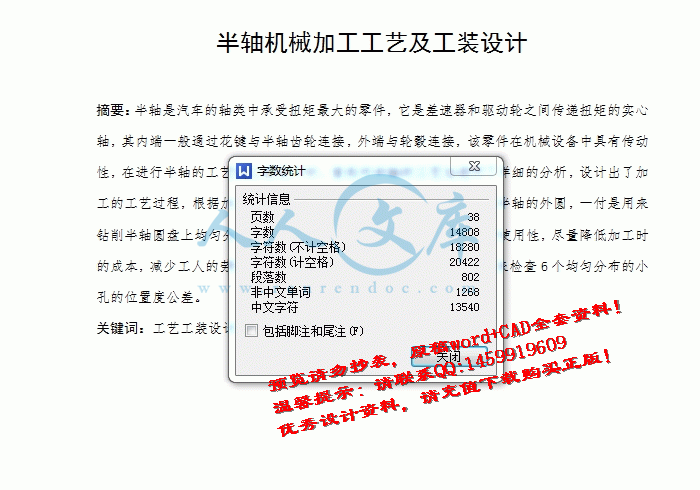
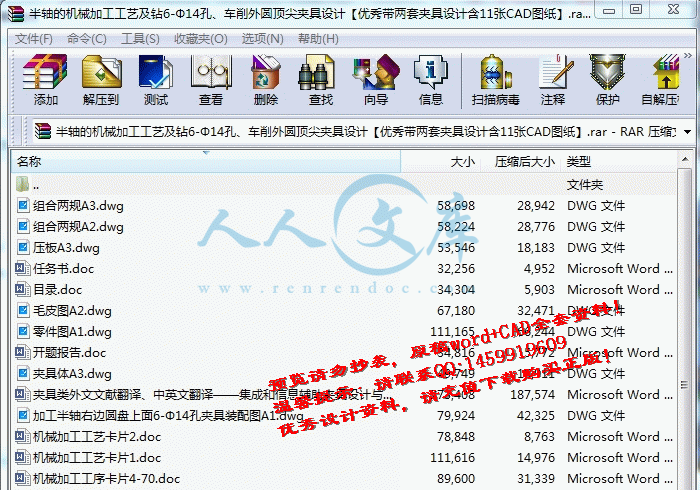
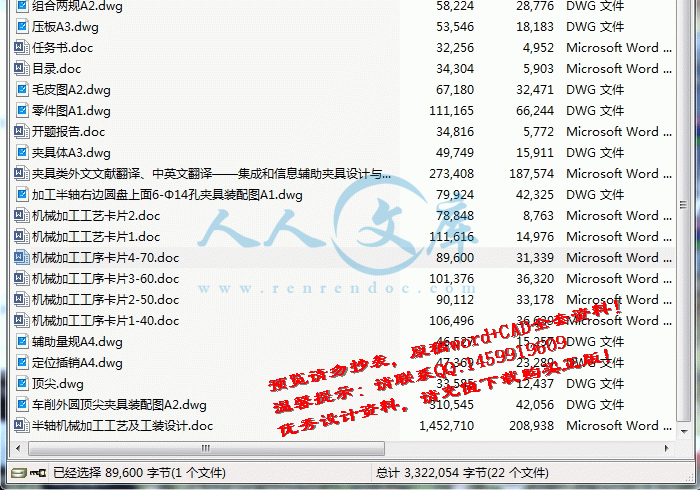
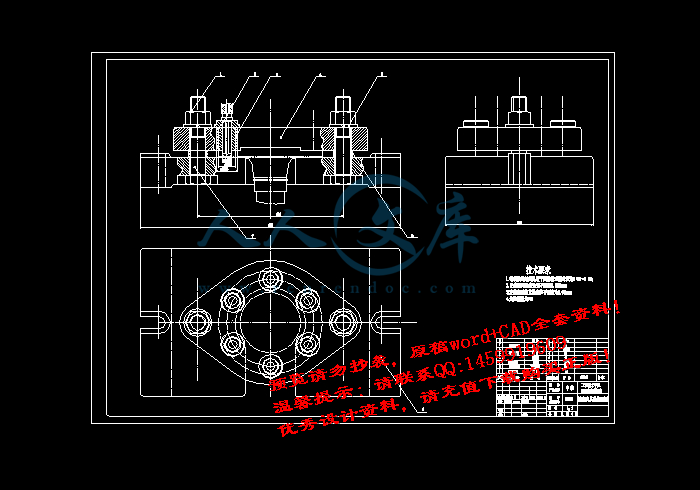

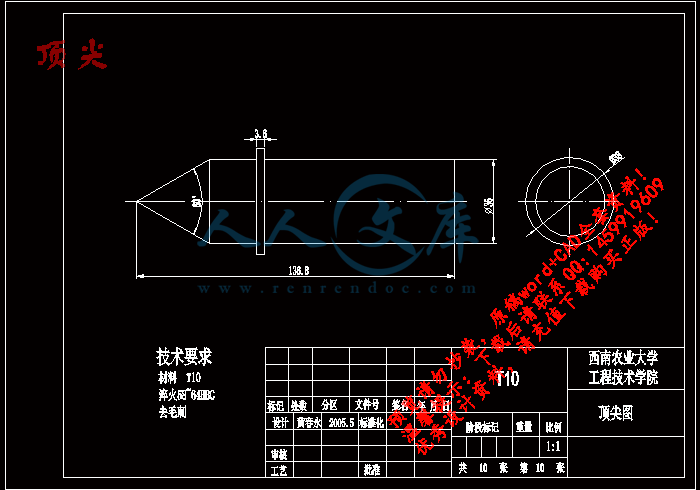
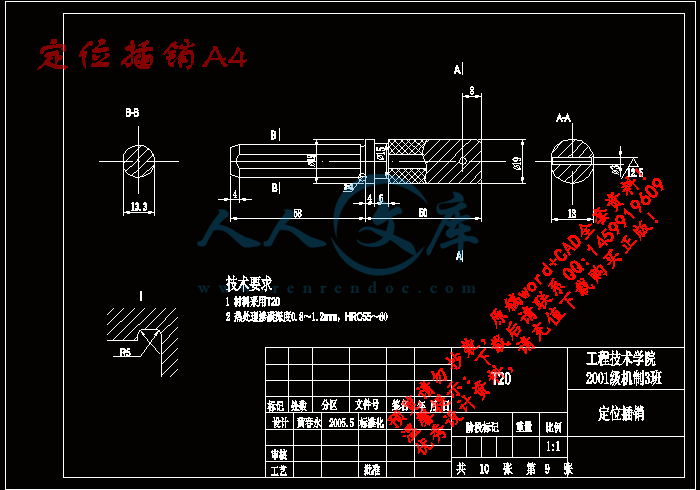
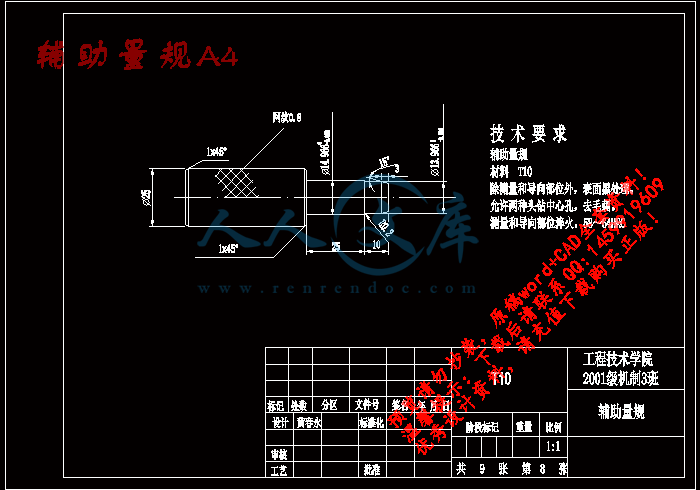

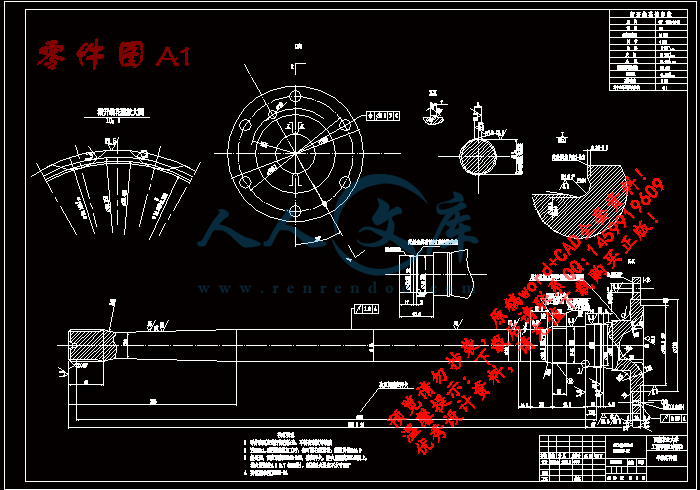
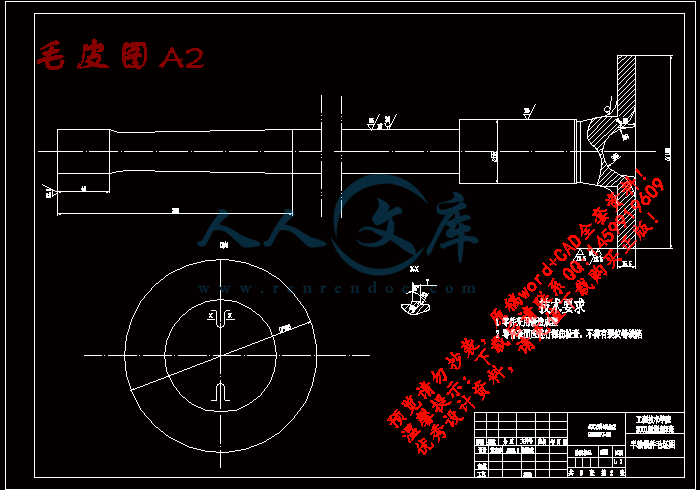

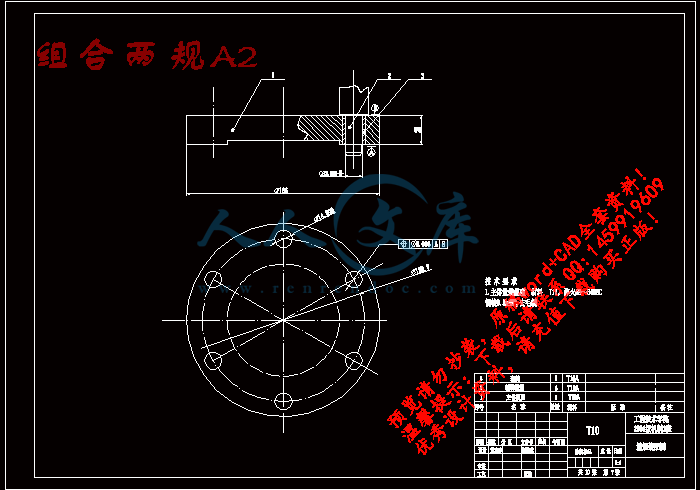
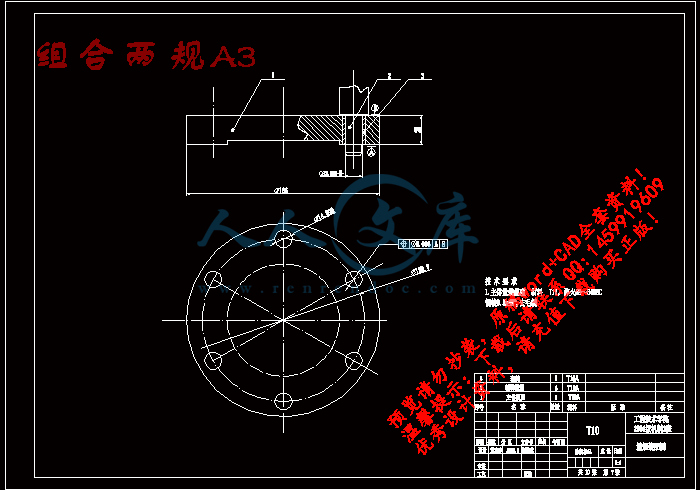
 川公网安备: 51019002004831号
川公网安备: 51019002004831号